Design experts offer all sorts of small space “rules” to help guide the average homeowner in pulling off a tasteful interior. While rules can be useful, they can also encourage the masses to be common and bland. As a collective, we are far more educated in design than we used to be, so it’s time for a new set of small space guidelines. Step one: forget the rules.
Brian McCourt is a contractor, design expert and co-host of HGTV Canada’s Backyard Builds.
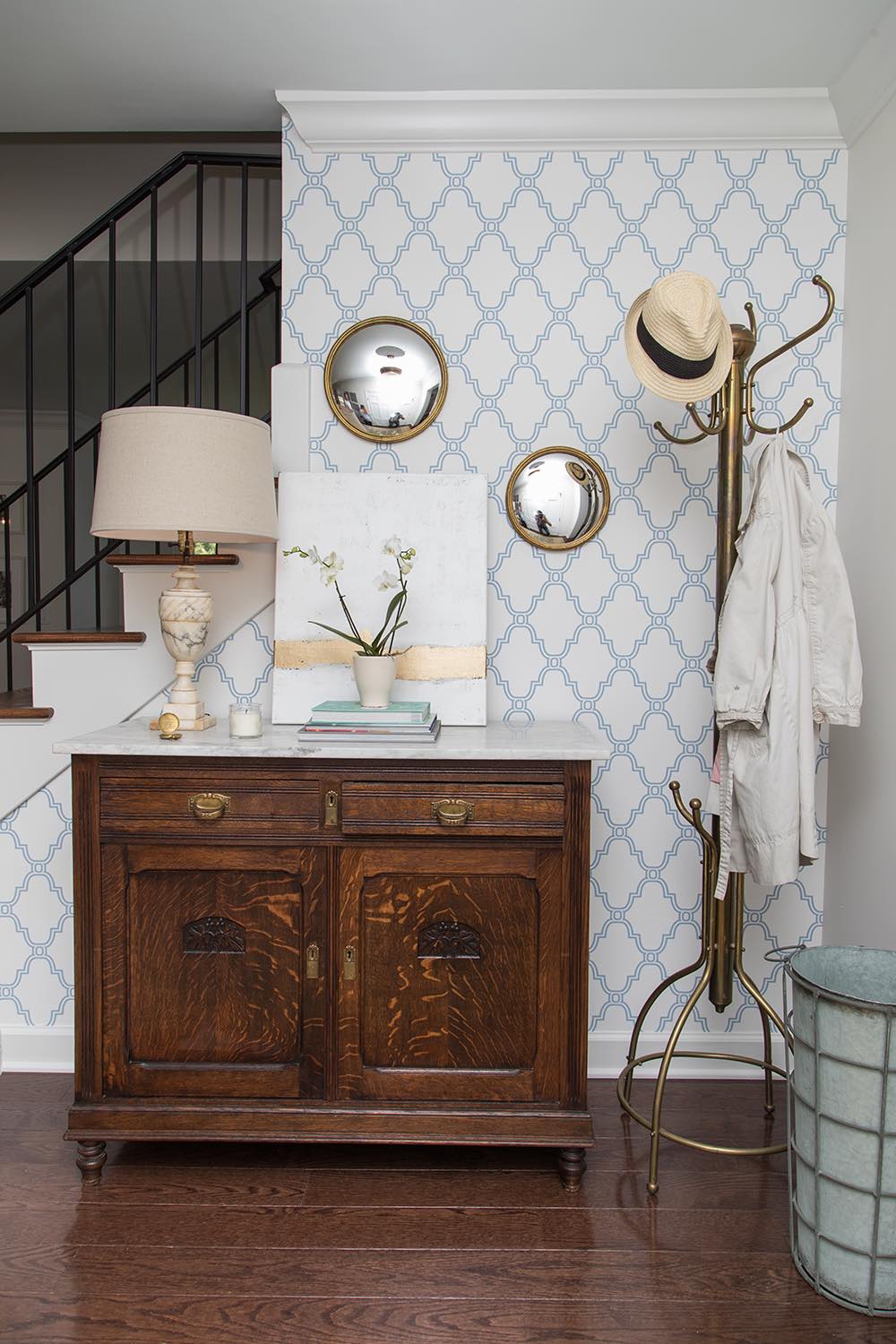
Rule: Do Not Decorate with Knick-Knacks
I’m a firm believer that knick-knacks can add huge value in customizing a space. A couple of unusual collectables are really effective in elevating the sentiment and look of a well-designed room. While too many can look cluttered, a few can look just right. If you love it, it’ll work (pick your quirky faves and display them with intent).
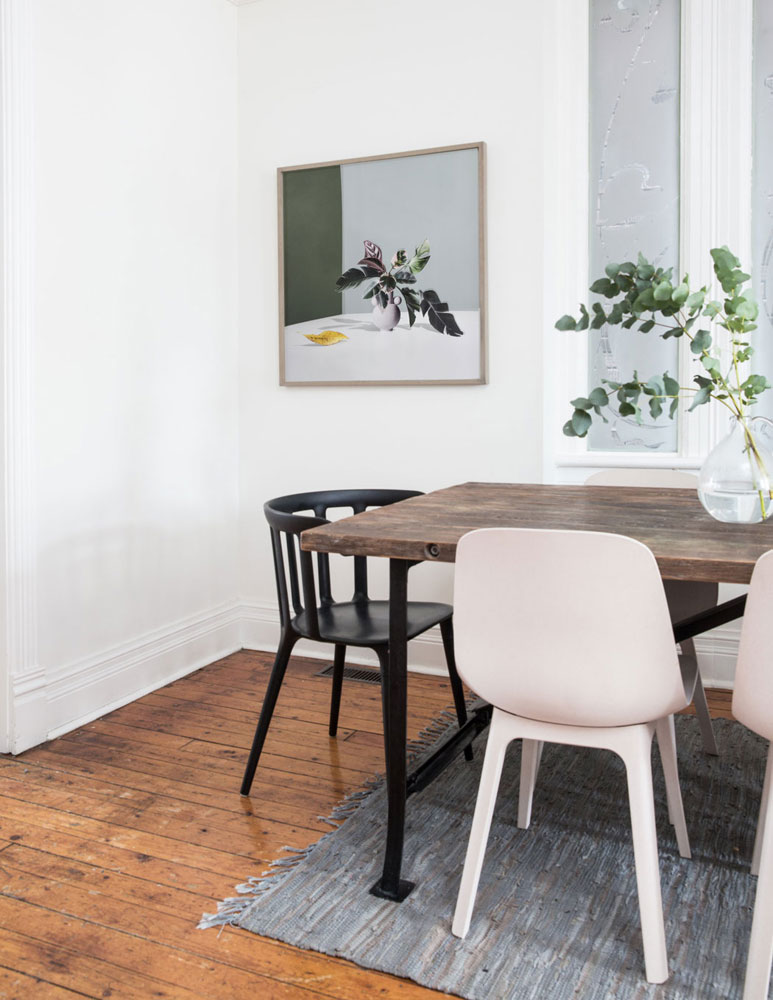
Rule: Use Uniform Furniture
“Matchy-matchy” has become a popular design term to describe a space that looks overly contrived. Even in small spaces, a room loses character when it looks like everything was made in the same shop and purchased at the same time. Matching sets feel a bit too uniform and formal, so I recommend a good “mix-and-match” rather than a “matchy-match”. For instance: Mix-and-match dining room chairs that still complement each other.
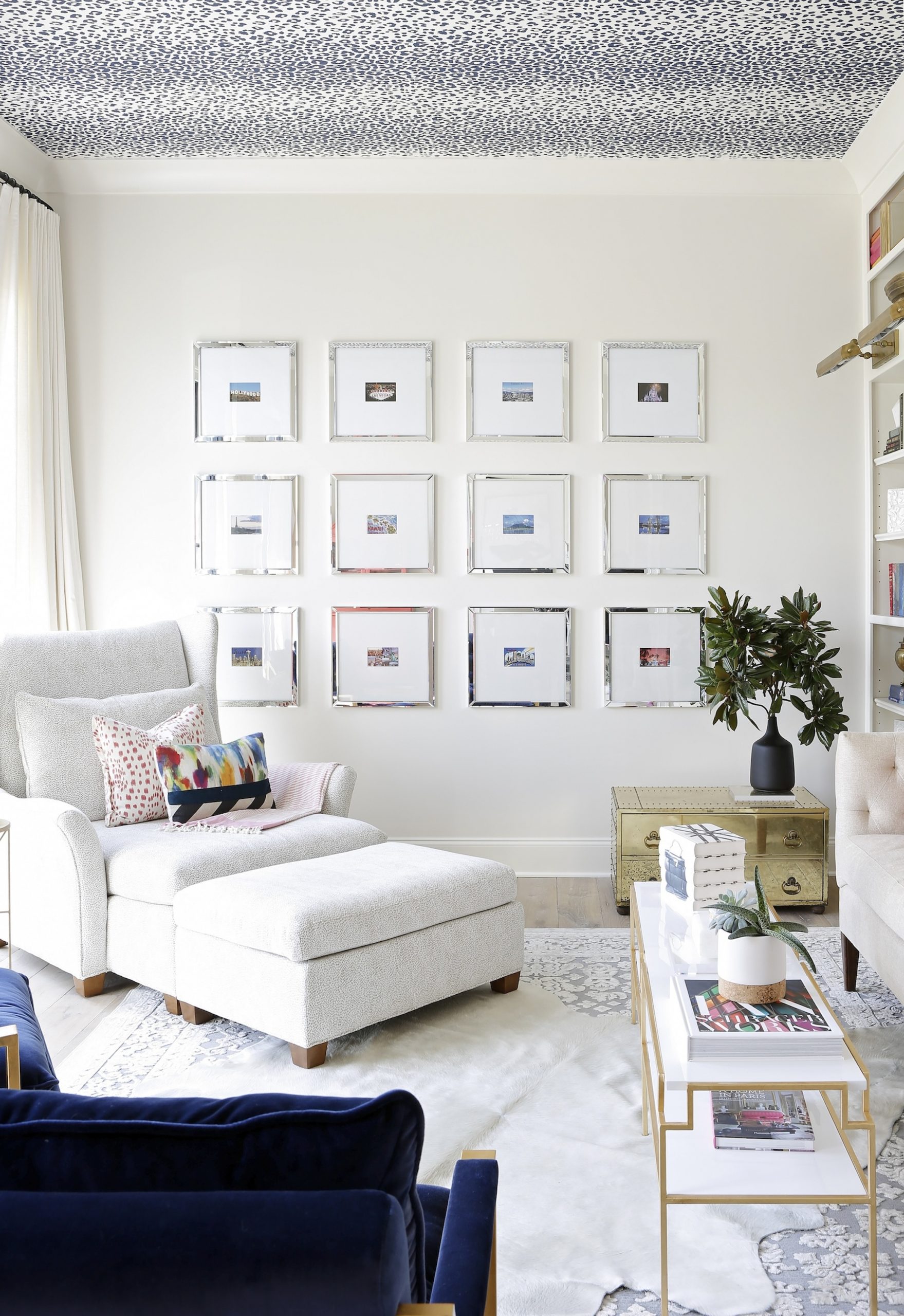
Rule: Paint the Ceiling White
This one has flown over our heads for decades, and it’s time to give our ceilings a tall glass of creative consideration. A typical small room has about four times more wall space than ceiling space, yet most people paint all four walls a dramatic colour before painting the ceiling. Painting the ceiling a rich, unexpected hue can be the perfect canopy to a neutral walled space. Check out these stylish ceiling ideas for more inspiration.
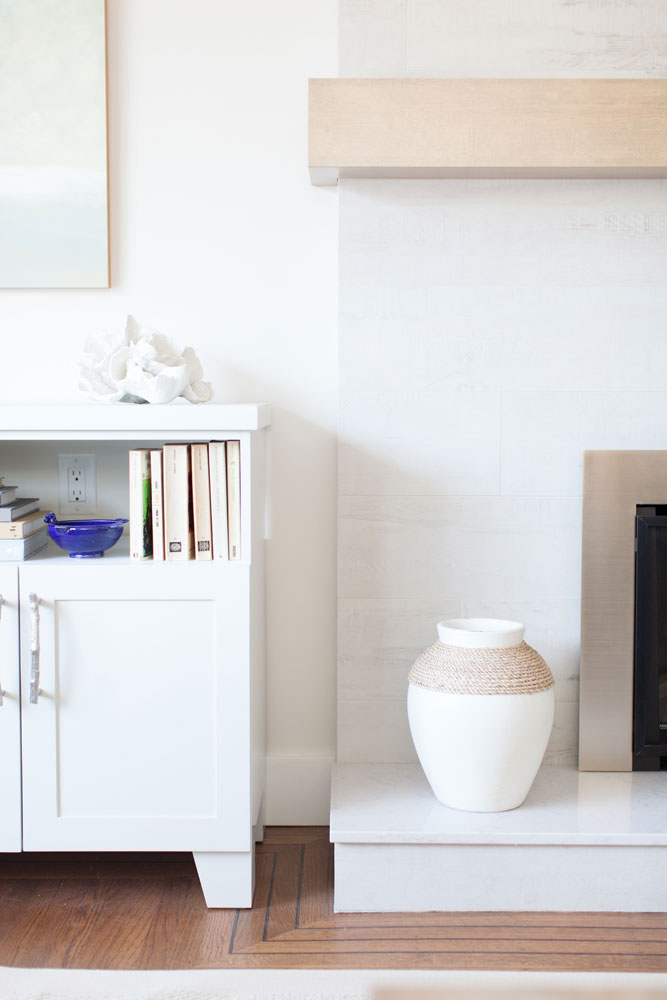
Rule: Use an Abundance of Mirrored Finishes
The theory here is that mirrored finishes reflect light and help brighten a space. If I’m being honest, I think shiny stuff can be really distracting. This is especially true if you have a low attention span which, let’s face it, most of us do these days! Matte finishes help soften a room and have made a huge comeback in the last few years.

Rule: Don’t Use Open Shelving
This rule stems from people using open shelving with abandon, filling every inch of space. Open shelving can look great in a small room, but it requires a bit of thought, along with negative space around each item displayed. Linear, thin metal framed shelving units suit compact spaces well. Stay inspired with these 15 living room shelving ideas.
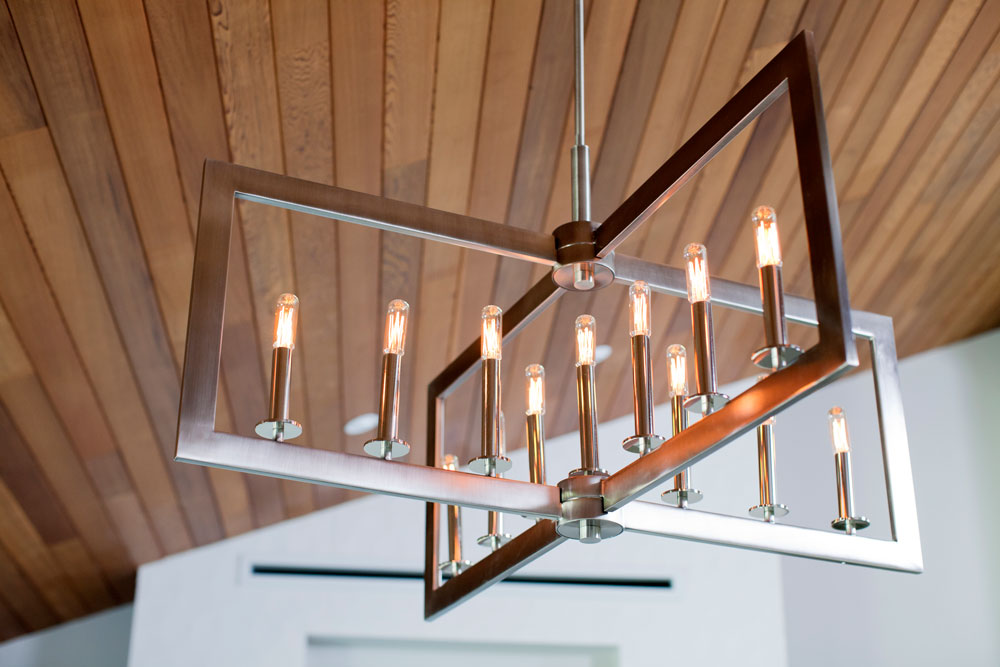
Rule: Install Small Light Fixtures
Small spaces can limit furniture options. There’s no denying that scale plays a big role in designing a compact room properly. Keep the furniture scale in line with the room scale, but go for larger lighting to increase the focal interest in key spaces like the dining room and master bedroom. See here for the top lighting trends that will transform any room.
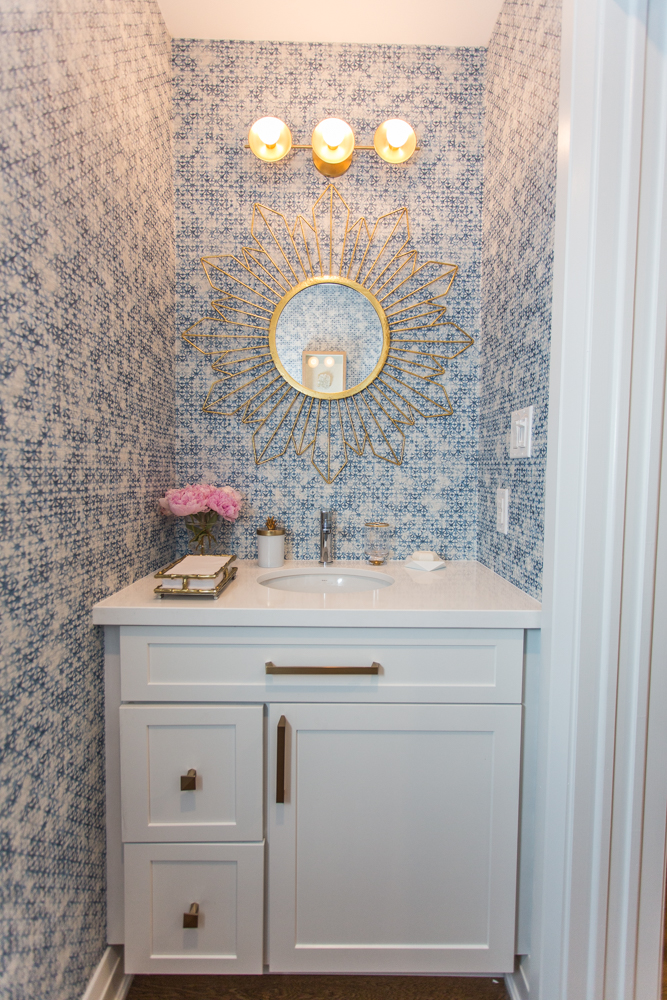
Rule: Don’t Wallpaper Every Wall
Absolutely wallpaper all of the walls in a small space! This is a great trick we often see in powder rooms. A patterned wallpaper on every wall can disguise where the walls intersect with each other, in turn creating more depth. This rule is for adventurous homeowners who aren’t afraid to try a bold design. If you’re worried about committing to such a daring move, check out Walls Need Love for a large selection of removable wallpaper.
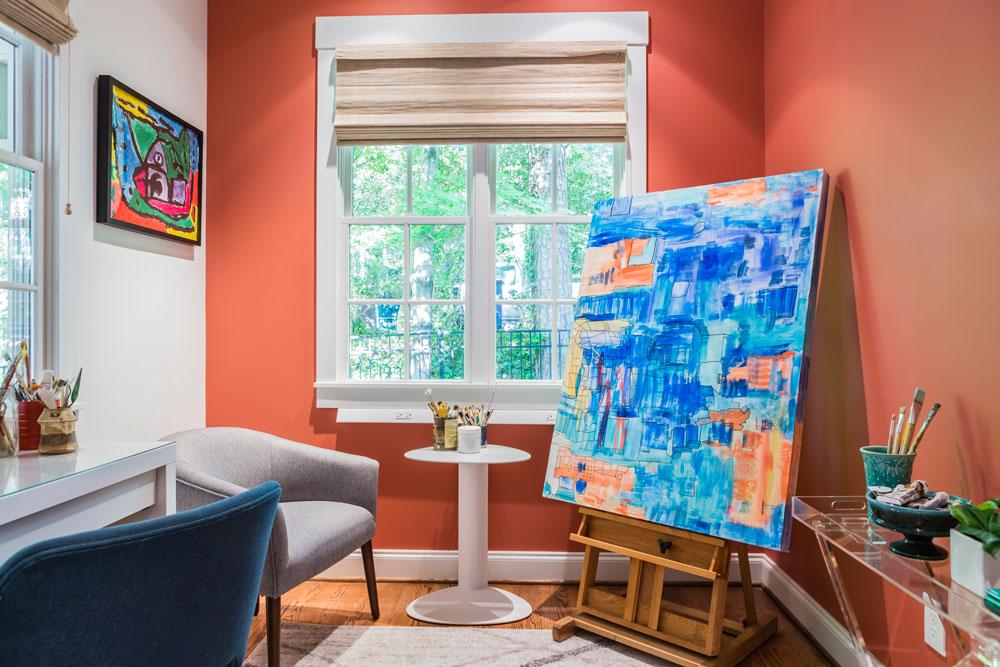
Rule: Paint Every Wall a Light Colour
The design industry has been heavily saturated with whites and pale greys for years. It’s hard to argue with the classic properties of white, but at which point does a neutral space begin to lack style and instead earn a lazy breath of ‘meh’? We’ve been confined to the lines where our walls meet the ceiling and adjacent walls for too long. Instead of an accent wall, paint an accent area: Colour-block part of your space by painting a section of the walls and ceiling a different hue. This will create room divisions in an unexpected and design-forward way.
HGTV your inbox.
By clicking "SIGN UP” you agree to receive emails from HGTV and accept Corus' Terms of Use and Corus' Privacy Policy.




